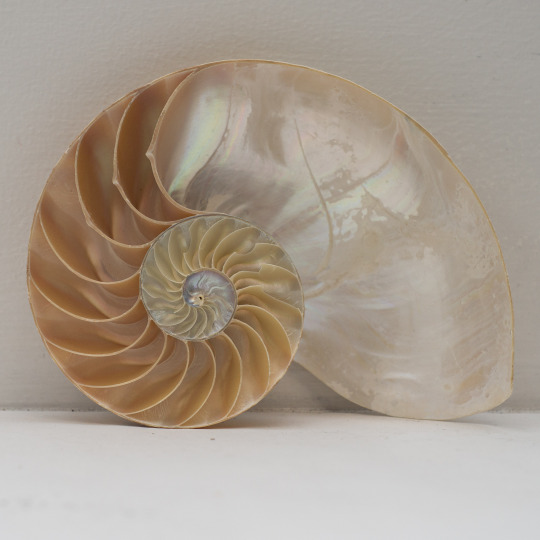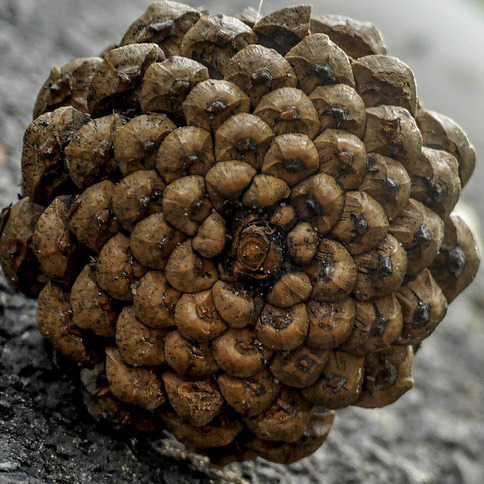For all of its breathtaking beauty and seemingly spontaneous happenings, there are also some surprisingly consistent patterns in nature that math can help us understand. These patterns literally shape nature and the world around us. Let’s a take a closer look at some of these phenomena and how they work.
The Fibonacci Sequence

What do the numbers 0, 1, 1, 2, 3, 5, 8, 13, 21, 34, 55, 89, 144, 233 have in common? At first glance, it’s just a jumble of numbers, right? But there’s a distinct pattern within. Starting with 0 and 1, you add those numbers together. What does it equal? 1! Then add 1 and 1 to get 2, then 2 and 3 to get 5 and so on. This sequence can be found in the spirals of shells, the shape of a pine cone and even in the family trees of certain animals. Can you add to the sequence mentioned in the first line of this paragraph? What comes after 233? See how far you can go!

Don’t Be Stumped By That Tree
You can tell how old a tree is by counting the rings. Each one changes in shade from light to dark and is separated by a distinct dark circle. The lighter area is wood that grew faster in the spring in summer. The dark parts represent the slowed growth in the winter and fall. Knowing how old the tree is benefits scientists in numerous ways, including the study of climate change. Those rings hold secrets to the weather patterns of each year and by studying each ring, scientists can get a detailed look at how climate changed during the tree’s lifetime.
Math Is Out Of This World
That’s right, math’s reach goes way beyond earth. Our solar system is actually a Fibonacci spiral. One of the coolest events in the galaxy, a solar eclipse, can be explained by math. The eclipse happens when the moon blocks the view of the sun from earth. But how can this happen when the sun is 400 times larger than the moon? The moon is about 400 times closer to the sun, creating the perfect angle for an incredible occurrence.
Fun Fact
While rounded shapes are common in nature, so are shapes with angles. One of the most common is the hexagon. Honeycombs, snowflakes, and the eyes of some insects are just a few examples of the hexagon appearing in nature.

Help Create Dippy’s Fabulous Fibonacci Tail!
You have probably noticed that Dippy has a sense for fashion. In addition to that iconic scarf collection, not to mention all of those trendy hats, Dippy is looking to expand his fashion sense. Dippy is pretty tired of that whip-like tail and wants to try on something new. Since we just learned about the Fibonacci sequence, we’ll need you to create a stylish new tail. Use the template below to draw a Fibonacci spiral tail and then decorate any way you like. With a parent’s permission, tag Dippy on social media (@Dippy_the_Dino) to show them the awesomeness you created!
